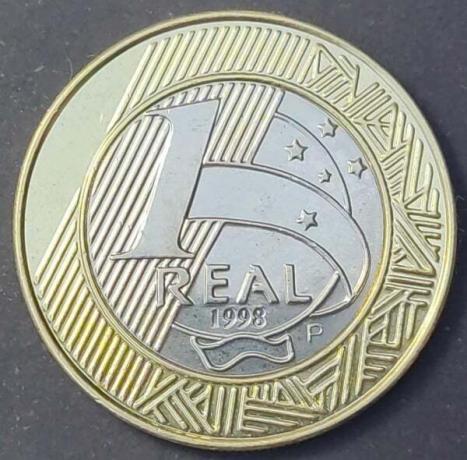The Phoenicians were located in the northern portion of Palestine, where Lebanon is today. The original peoples of this civilization are the Semites who, leaving the northern coast of the Red Sea, settled in Palestine, cultivating cereals, vines and olive trees. In addition to agriculture, fishing and crafts were other activities they developed.
The proximity to the sea and the beginning of agricultural exchanges with the Egyptians gave conditions for maritime trade to stand out as one of the strongest sectors of the Phoenician economy. Along the coastline occupied by them, several city-states emerged, such as Arad, Byblos, Tyre, Sidon and Ugarit. In each of these cities an autonomous government was responsible for political and administrative matters.
Political power exercised within the Phoenician cities used to be assumed by representatives of their maritime-commercial elite. This practice defined the Phoenician political regime as a thalassocracy, that is, a government commanded by men linked to the sea. In the middle of 1500 BC. Ç. Phoenician commercial activity intensified considerably, giving rise to interest in the domination of other merchant peoples.
In the year 1400 a. C. The Phoenicians dominated the trade routes, formerly controlled by the Cretans, that linked the region of Palestine to the southern coast of the Mediterranean. In the trajectory of the Phoenician civilization, different cities printed their commercial hegemony in the region.
Around 100 BC Ç. – after the rise of the urban centers of Ugarit, Sidon and Byblos – the city of Tire expanded its commercial network under the islands of the Palestine Coast, even counting on the support of the Hebrews. With the subsequent expansion and competition from the Greeks, merchants from Tire sought to trade with regions in North Africa and the Iberian Peninsula.
All this mercantile development observed among the Phoenicians influenced the domain and creation of techniques and knowledge linked to the intense transit of the Phoenicians. Astronomy was a field developed in function of the navigation techniques necessary for commercial practice. Furthermore, the phonetic alphabet gave rise to the classical languages that laid the foundations of the contemporary Western alphabet.
In the religious field, the Phoenicians incorporated the predominant polytheism of ancient societies. Baal was the god associated with the sun and rain. Aliyan, his son, was the deity of fountains. Astarteia was a goddess linked to wealth and fertility. During their outdoor rituals, the Phoenicians used to offer the sacrifice of animals and men.
By Rainer Sousa
Graduated in History


